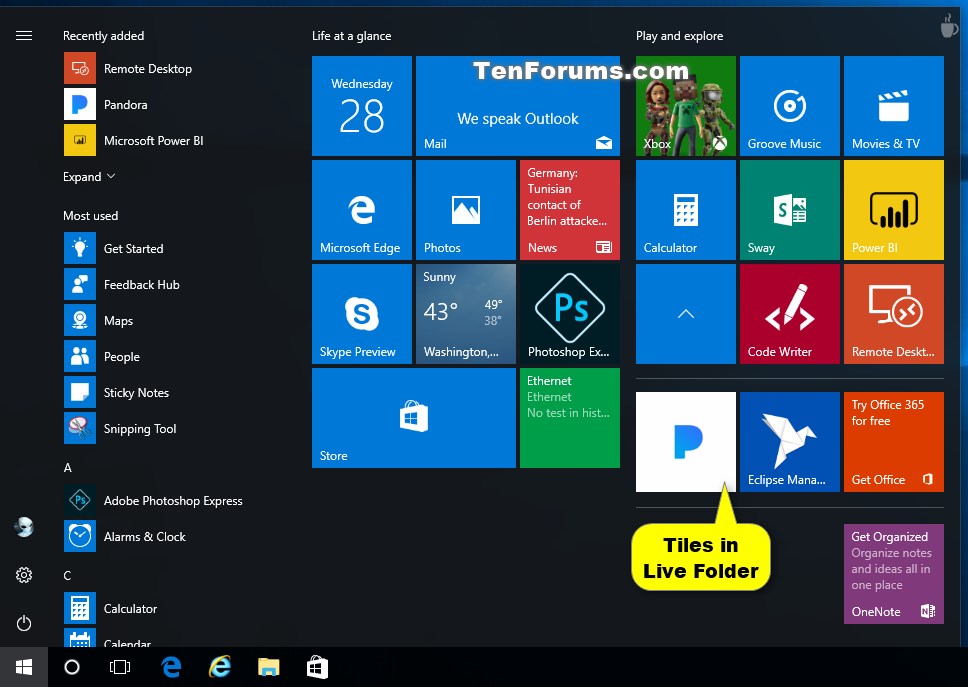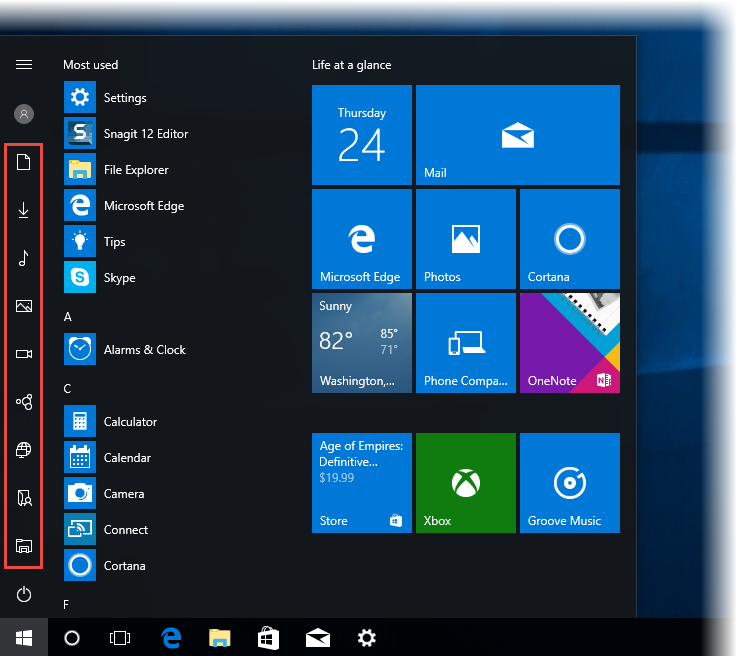Table of Content
If you want to know how you can open and find this particular folder, we have covered all the information. Don’t confuse the startup folder with the autorun function. Autorun is a feature that allows the operating system to perform a specific action automatically when you insert a removable storage device such as a CD or a USB thumb drive.

If you want to be able to completely modify which programs are and aren't allowed to run at startup, you'll need to make those changes within the Windows 10 startup folder. Open the Run Command dialog box by pressing the Windows logo key + R. Startup tab using the menu at the top of the Task Manager window. Here, you can see all of the applications that start along with your computer at launch. Copy and paste the app shortcut from the desktop to this Startup folder and the app will be added to startup. We advise you against putting many applications in the folder if you have RAM lesser than 8GB as it will increase the systems boot time.
What is the Windows 10 Startup Folder Anyway?
You can navigate to both the “All Users” and “Current User” Startup folders in Windows 10 using the following paths. This article provides information about how you can make any app or program to start with Windows 10. Searching for a shell folder on a drive is always the wrong approach to get the path of a shell folder. No Windows application written by Microsoft does that and so also no batch script should do that ever. If you would like to continue using the classic viewer instead, you can reactivate it with a few small changes to the Windows Registry. The infamous blue screen of death usually shows up without any warning.

Click on the address bar and you will see the following absolute folder path for All Users startup folder. Users could manually drag application shortcuts to the Startup folder and the apps automatically launched before or after the user logged in. Well, you can use the Startup Folder to launch programs like Microsoft Word, Media Player and Mozilla, etc. whenever you login to the system. The user can simply add program shortcuts that they want to run automatically by adding them into the Startup Folder. It can help you quick start your work and launch programs you use frequently.
How To Access The Windows 10 Startup Folder
You could click on the Program Files folder and find icons labeled with the program you wanted to run. All that was needed was a quick double-click and the program was launched. Furthermore, both of these folders are inside default hidden folders. So, you will need to enable the Show hidden folder option to be able to access them from File Manager. To do so, you can click on View, select Show and enable Hidden items. However, the startup folder is located inside a hidden folder, making it harder to find from the File Manager.
Check out how to manage Windows 10 startup folder programs in detail. Before I begin with the guide you must understand that there are two types of Startup Folders location. The main difference between the two is that one of them have the access at the system level which is applied to all of the users. And as for the second folder it is specific for the current logged in user. As a result you can use both of these folders to customize programs for each and all of the users.
How to Disable Programs in Windows 10 Startup Folder
Struggling to find the Windows 10 startup folder location? Once added, Windows will automatically launch any and all programs in the startup folder. Of course, if you don’t need a program starting with Windows, you can simply remove the target program’s shortcut from the startup folder. For most users, these initial steps won’t take long, and you’ll see your designated Startup folder apps launch within a second or two of reaching the Windows 10 desktop. If you have lots of applications and services already configured to launch at boot, it may take a few moments to see your Startup folder items appear.
The Startup folder was a folder that you could find via the Start Menu. However, the more programs you add to the Startup folder, the slower boot time your computer enjoys. In this case, if you want to boot your computer faster, it’s better for you to disable the automatic start of unnecessary programs right now.
in the Start menu is no longer in the form that you would expect from older Microsoft Windows versions.
There are two different types of Startup folders in Windows, a local startup folder and a common startup folder. Of course, you can also remove any programs you’ve added to your startup folder in Windows 10. To do this, simply delete the shortcuts from the startup folder. Note that you require administrator privileges to remove shortcuts from the All Users startup folder.

Join 30,000+ others who get daily tips, tricks and shortcuts delivered straight to their inbox. An alternative way to do this is to jump directly to each folder with a Run command. There are a few ways in which to access the Windows 10 Startup folder. To access the Windows 10 Startup folder, the first option is through File Explorer. The second one only really matters if you have multiple accounts on your Windows 10 computer. Each account will contain a unique Startup Folder in addition to the universal Startup Folder.
Alternatively, if you set a program to run at startup in the settings of the program, you can disable it there. Next, find the exe file of the installed application, hold the “Alt” key, and drag and drop the exe file into the startup folder. If your computer startup is slow, it’s a good idea to check the startup folder to ensure you do not have programs in there that you don’t need to launch at boot. Some apps, especially freeware, often make modifications to your system and set unnecessary startup apps.
Enter the web address of your choice in the search bar to check its availability. If you’re having regular performance problems, you should also check whether certain processes are consuming unnecessary amounts of RAM. To learn how, see our step-by-step guide to freeing up memory. Email Professional Email AddressReach out with your own email address.
You don’t have to manage these processes, nor are you able to. However, you have the freedom to manage installed user software on your own computer or as a system administrator. For example, if you want to make an application start every time you sign into your computer, you can add a shortcut to it to the Startup folder.

No comments:
Post a Comment